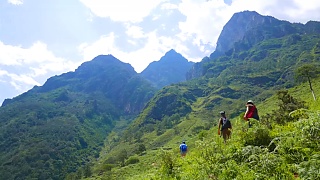Part of one of their last live concerts ...
[640],shadow=true,start=,stop=Related Videos
Featured Videos

|

|
HuNan TV ...
China Central TV ...
|

|

|
With LiZiQi 李子柒 ...
|

|
A selection of songs from the China Central TV Gala, Beijing TV (BTV), Hunan TV, and more ...
|

|

|
With DianXi XiaoGe ...
Bonus film - wild bamboo shoots - with Wild Girl ...
|

|
Including YunNan and GuangXi provinces ...
|

|
Buddha Said | Great Compassion Mantra | Sweep of our minds | Heart Sutra | Zen Charm | Prayer for the earthquake in Ya'An (2013).
Enter the chill out zone ...
|
 Something different – The Shadows
Something different – The Shadows













